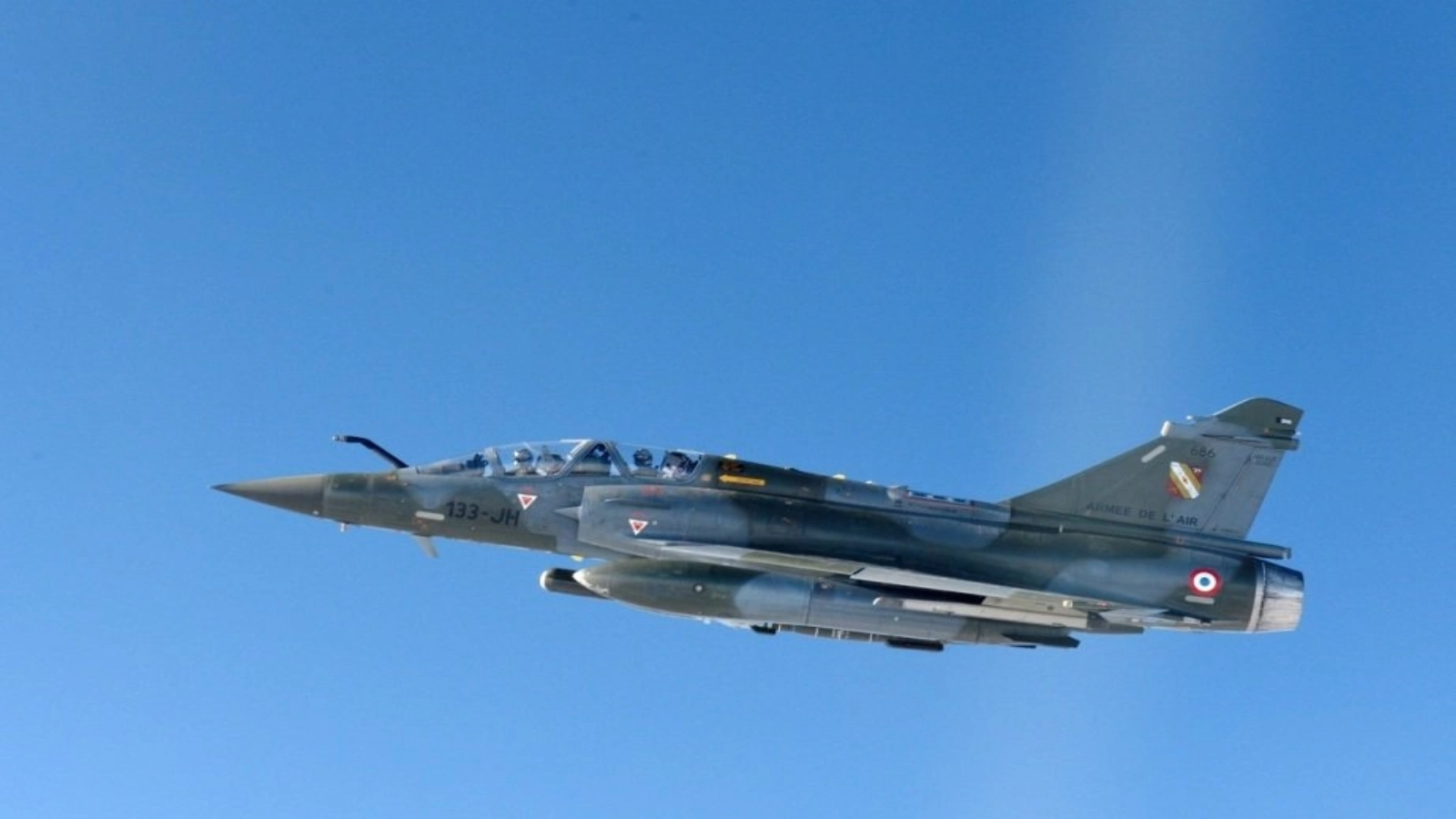A Romanian-American research team discovered a species of dwarf dinosaurs, that is called "the flying dragon", which presents elements unique in the world.
"Albadraco - 'the flying dragon' of Transylvania, an important discovery of the Romanian-American research team. The scientific journal Cretaceous Research published recently an article signed by a Romanian-American research team (Alexandru Solomon - the Mures County Museum and the Babes-Bolyai University, Vlad Codrea - the Babes-Bolyai University, Marton Venczel - The Museum of the Cris Country and the Babes-Bolyai University and Gerald Grellet-Tinner - CONICET, Argentina, the Orcas Island History Museum, Eastsound, WA, USA) which signals a new exceptional discovery from the continental Upper Cretaceous of Romania. The discovery refers to a new flying reptile - pterosaur - of large dimensions, which lived on an island populated by species of dwarf dinosaurs," a release sent, on Tuesday, by the Babes-Bolyai University (UBB) shows.
"The discovery of Albadraco tharmisensis, a new genus and species of azhdarchid pterosaur of the Maastrichtian Sard Formation, of the southwestern area of the Transylvanian Basin (Alba County, Romania), is of remarkable interest for the scientific community because it represents the first azhdarchid of large dimensions described in the "Hateg Island". The size is between the Eurazhdarcho langendorfensis (medium dimensions) and the gigantic form Hatzegopteryx thambema, thus confirming the co-existence of the Maastrichtian azhdarchid of medium, big and gigantic size in Romania. (...) The genetic name derives from the name of the Alba county, where the site of discovery is located and the Latin 'draco' = dragon. The species name was determined after 'Tharmis', the Dacian name of the current Alba Iulia. Currently, the location of origin of the fossils, Oarda de Jos, is a component of the city of Alba Iulia," the release also shows.
"The presence of two well-preserved 'beak' fragments and a cervical vertebra that belong to A. tharmisensis is very interesting because it signifies the first signaling in Europe of a fragment of pre-mandible and associated mandibular symphysis, coming from the same individual. A series of morphological characters of the pre-mandible and mandibular symphysis observed at A. tharmisensis can also be found at Bakonydraco galaczi (discovered in Hungary), suggesting the possibility that these two taxons, although separated by a relatively long period of time, belong to a distinct group of Azhdarchidae. Furthermore, the cervical vertebra coming from A. tharmisensis confirms the existence of azhdarchidae with short neck in the Hateg Island. Not least, the presence of two rows of foramens on the lateral faces of the pre-mandible represents the first signaling of such a specificity for a azdarchid of the Upper Cretaceous. Albadraco tharmisensis was part of the terrestrial insular ecosystems in the archipelago of Tethys Ocean," the quoted source also specifies.




































Comentează